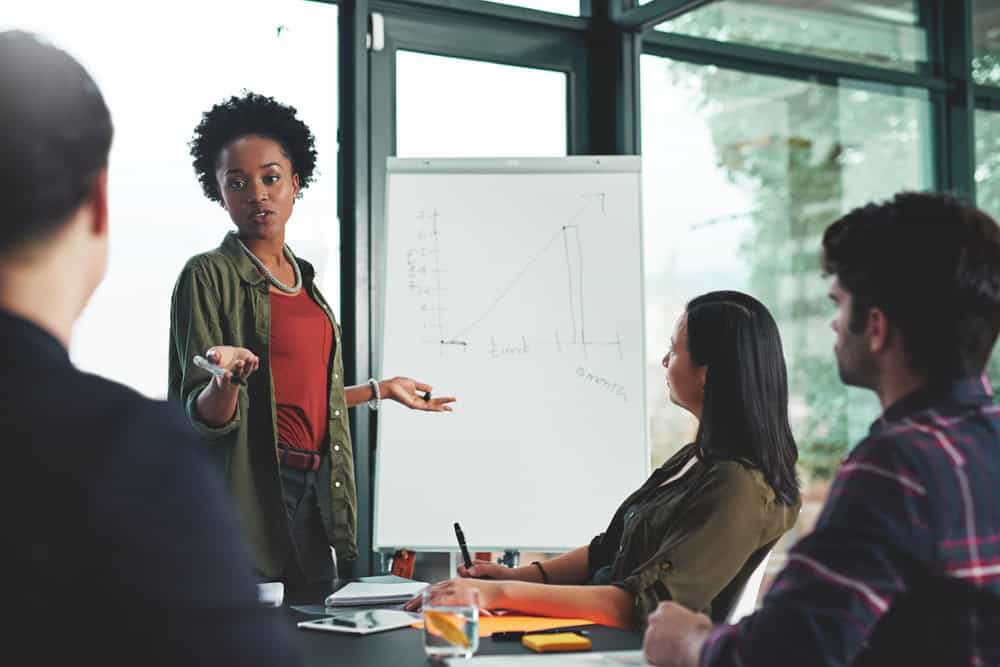Have you ever wondered how learning happens in the brain? Here’s a fact that might surprise you: your brain would rather than learn a bunch of things at once than to learn one thing at a time. That’s how the brain learns best. Learning happens on many levels simultaneously. For example, the brain can recall more information when multiple items are stored and linked. The brain operates in parallel, not sequentially. The brain thrives (builds new neural pathways) when challenged to do several things at once.
UNDERSTANDING HOW LEARNING HAPPENS
Our brain is actually far more complex than we are conscious of. A single neuron is connected to many other neurons and the total number of neurons and connections in this neural network may be extensive. Connections, called synapses, are usually formed from axons to dendrites. As such, neural networks are extremely complex.
LEARNING NEW THINGS CREATES NEW CONNECTIONS IN THE BRAIN
Think of a spider’s web. As we create learning experiences, we need to remember the importance of building each and every strand of the web – with connections through different media, different contexts, and different practices. This supports the brain in its work to index all the information received during a learning experience. The connections ensure the brain can retain and recall the information. So, the best learning looks like a spider’s web – all of the principles (content) are reinforced with emotion, visuals, participant meaning, and many other connections. Each connection within the brain increases retention, recall and application.
LEARN MORE ABOUT ACCELERATED LEARNING:
By understanding how the brain works and learns, the team at Learn2 has developed training programs and resources to help managers and decision-makers create an environment for accelerated learning. Explore our resources to develop your teams and enhance learning with:







